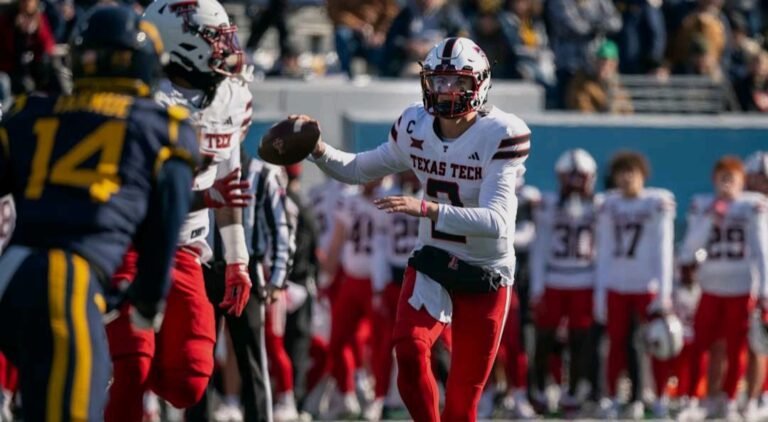
In a promising development for the American Midwest and Northeast, CNN has reported that cities including Cleveland, Ohio; Milwaukee, Wisconsin; and Buffalo,
New York are set to undergo major revitalization efforts aimed at improving infrastructure, expanding green energy initiatives, and stimulating local economies.
These plans, made possible through strategic federal and state investments, mark a new era of urban transformation in cities historically rooted in industry and resilience.
The Biden administration’s continued push for equitable infrastructure development has paved the way for these cities to receive portions of the $1.2 trillion Infrastructure Investment and Jobs Act funding.
According to recent updates from the U.S. Department of Transportation and Housing and Urban Development, Cleveland will receive an estimated $90 million for public transit modernization and green energy upgrades.
This includes electric bus fleets and expanded bike lanes to foster more sustainable urban travel. Cleveland’s mayor, Justin Bibb, hailed the move as “a historic opportunity to reimagine how people live, work, and move in our city.”
Meanwhile, Milwaukee is capitalizing on the funding to rebuild aging bridges and roads while launching climate resilience projects along Lake Michigan. The city has already initiated the “Fresh Coast Resilience Project,” aimed at reducing urban flooding and creating green job opportunities. Milwaukee’s mayor, Cavalier Johnson, stated during a recent press briefing that the initiative is “about investing not just in physical infrastructure, but in human potential and environmental justice.”
Buffalo, New York—another historically industrial city with a growing tech presence—has also stepped into the spotlight with plans to redevelop its waterfront and expand affordable housing.
New York Governor Kathy Hochul announced in early May 2025 that Buffalo would receive $150 million in state and federal combined grants for revitalizing the city’s East Side, which has long suffered from underinvestment.
The development includes upgrading water systems, expanding broadband access, and launching minority-owned business incubators.
What makes this initiative particularly noteworthy is the collaborative approach across the three states. Ohio, Wisconsin, and New York are sharing best practices through regional summits, the first of which took place in Chicago this spring. Urban planners, engineers, and economists are working together to ensure that these efforts deliver long-term benefits without displacing residents or small businesses. This cross-state cooperation is being applauded by urban policy experts as a model for other Rust Belt regions.
Another major driver behind this multi-city revival is the growing emphasis on climate adaptation. All three cities are located on Great Lakes, making them strategic zones for climate migration and water sustainability. Recent studies by the Brookings Institution and the Great Lakes Commission suggest that climate-resilient cities in the Midwest and Northeast may see population growth as residents in more vulnerable southern and coastal areas relocate. Proactive investments like those in Cleveland, Milwaukee, and Buffalo could position these cities as national leaders in sustainable urban living.
In sum, these developments signal not just a physical transformation, but a philosophical shift in how aging industrial cities view their future. With bipartisan support, resident input, and real-time accountability, Cleveland, Wisconsin’s Milwaukee, and New York’s Buffalo are proving that smart, inclusive planning can breathe new life into American cities. As progress unfolds, these revitalization efforts may well serve as a blueprint for similar regions across the country.





